- Joined
- Dec 26, 2017
- Messages
- 1,883
I love the detailed story of your recut process, and I think it is very special that you got to see the diamond in each stage as it was being recut, talk to your lapidary artist, and have such intricate input into the final result! And to do it all in one day while you were hanging out and checking in on the magic... it's the ultimate adventure!! If Disney had a diamond theme park!
Few questions...
- What did you do in between each stage? Were you checking out jewelry, wandering around, working?
- Did you take photos of the "in-between" phases of the diamond?
IMO this is the round petal or "bubbly" flower pattern. Very few OECs have the cut or symmetry to achieve this. You can see it with a tad more rounding of the petals here:
The "bubbly" or round petal flower pattern is similar in cut to yours, but with a smaller table so it halts the petals before they elongate.
I think of these as the pinwheel pattern which is more typical of early OECs or somewhat disorganized OECs, and some OMCs. You can see the facets under the table don't look like a flower at all, there is no tapering or inconsistent tapering before the table ends. .
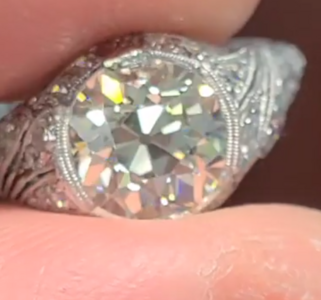
@Polyhex Thank you, thank you, thank you!!! Your photos and descriptions of the different styles are far better than mine. I know there can be some strong feelings about how these different flavors are named, and I'm so glad you've sorted it out for us.
That photo of your OEC is just fantastic!
I'd heard the "bubbly" term before but hadn't been able to fit it to a particular style. I'm going to bring that photo up again because it's very close to how our OEC looked before the recut. It's also going to help explain what we were aiming to do in Stage 3 of the recut.
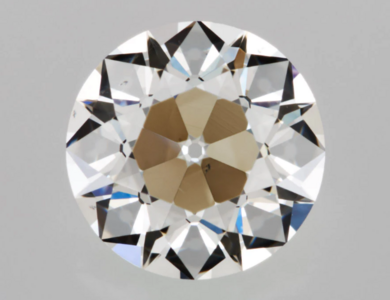
You can see the lowers are cut so they are just peeking out from under the table and they do start to create a flower. This diamond is a precision cut so all eight lowers are cut to exactly the same length within 1%. Our OEC had a 5% variation in lower half length so we had a couple that looked like this, a couple that stuck out a little more, and four that were too short to be seen.
Interestingly if you were to tilt the top of this diamond away from you, a 3D effect would expose more of the top lowers and hide the bottom lowers. You would see a much stronger flower at the top, but none at at the bottom. So if you rock the diamond back and forth the flower pattern gets weaker and then stronger, and changes position. This effect can be almost mesmerizing and very beautiful.
Our doomed Plan A in Stage 2 was to open up the table exposing more of those lower half facets and thus create a stronger flower. Stage 3 was to slightly increase the length of the two shortest lowers to reduce our 5% variation and make sure all eight of them extended out under the table. We all thought this stage would be far the easiest of the three stages. Turns out we were wrong!

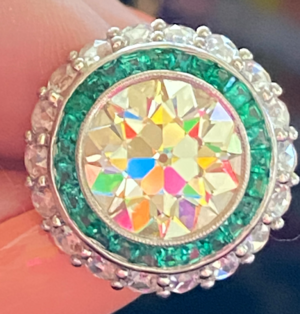
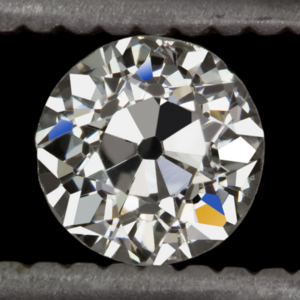
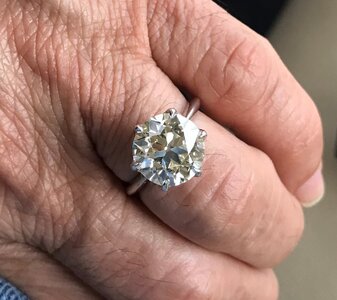
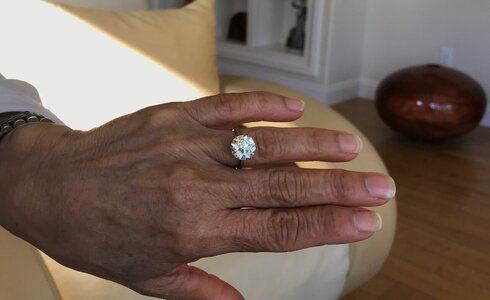
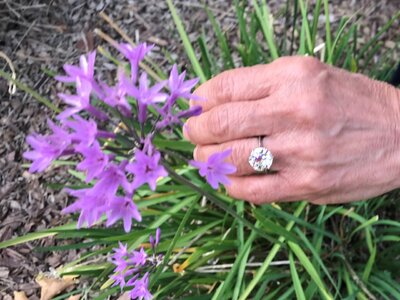
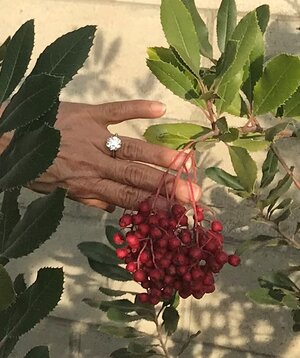
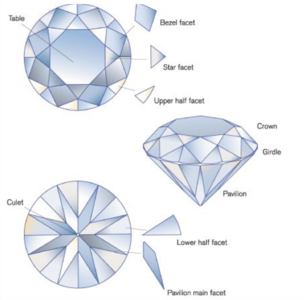
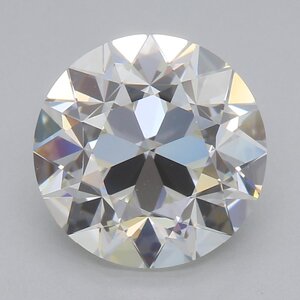
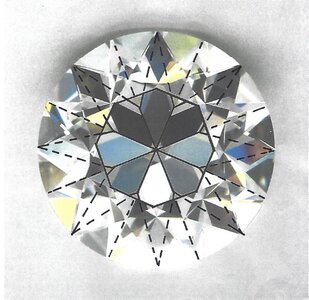

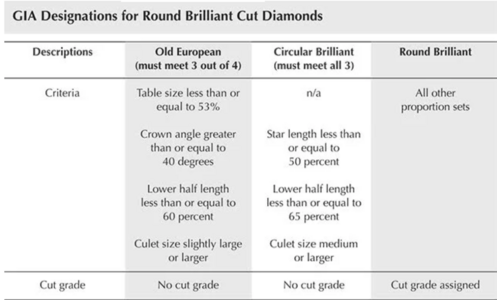
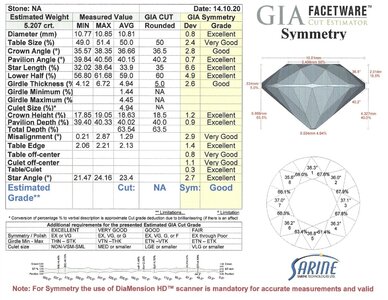
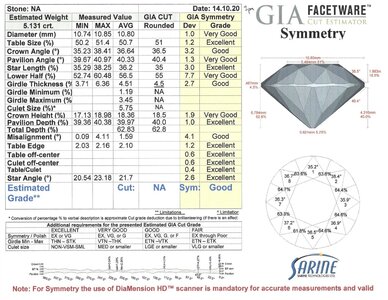
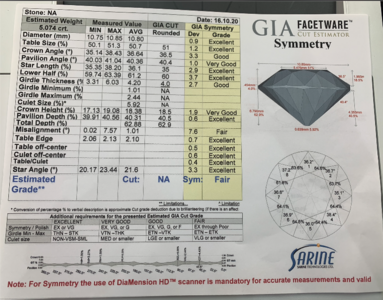
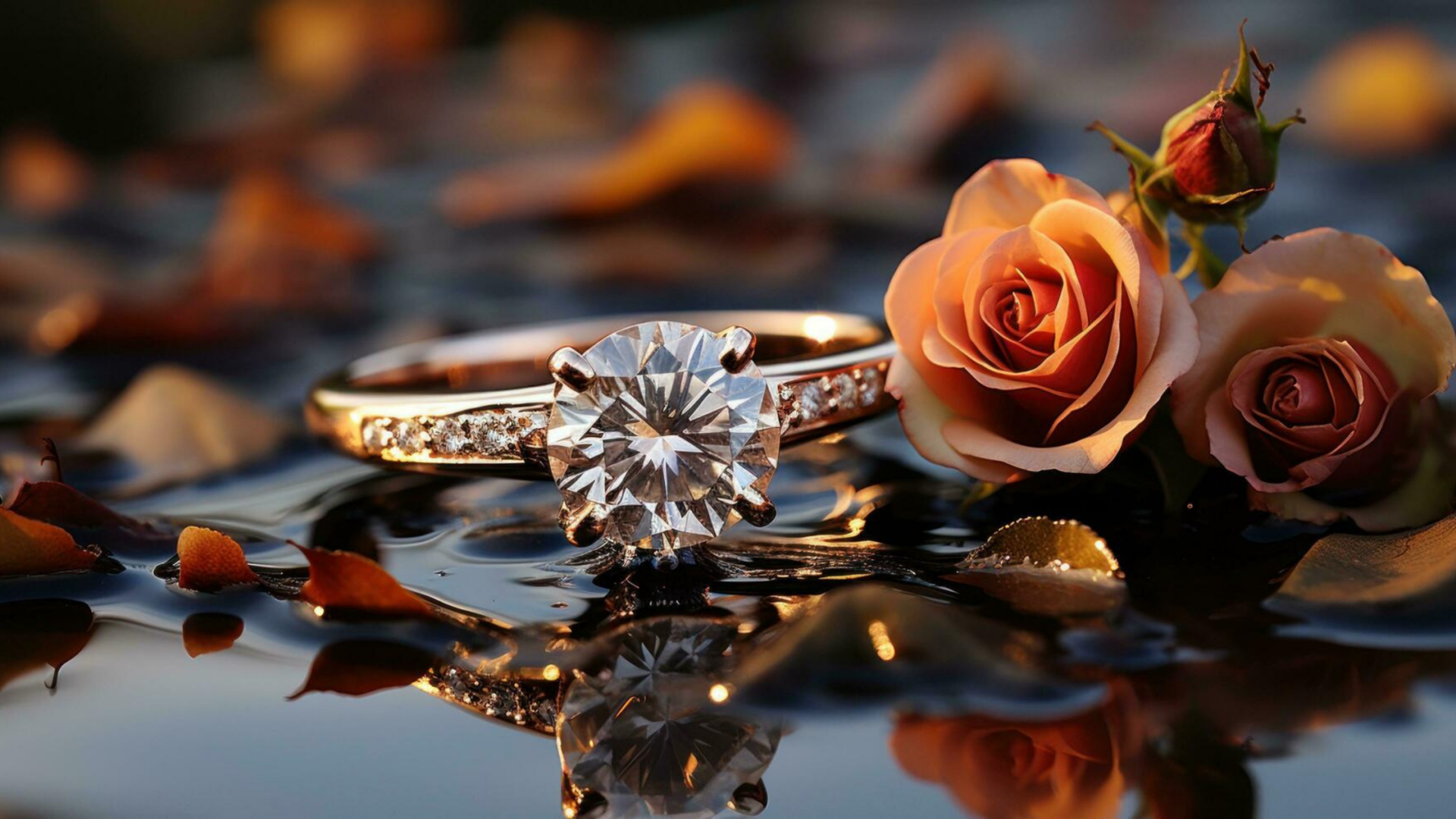

300x240.png)